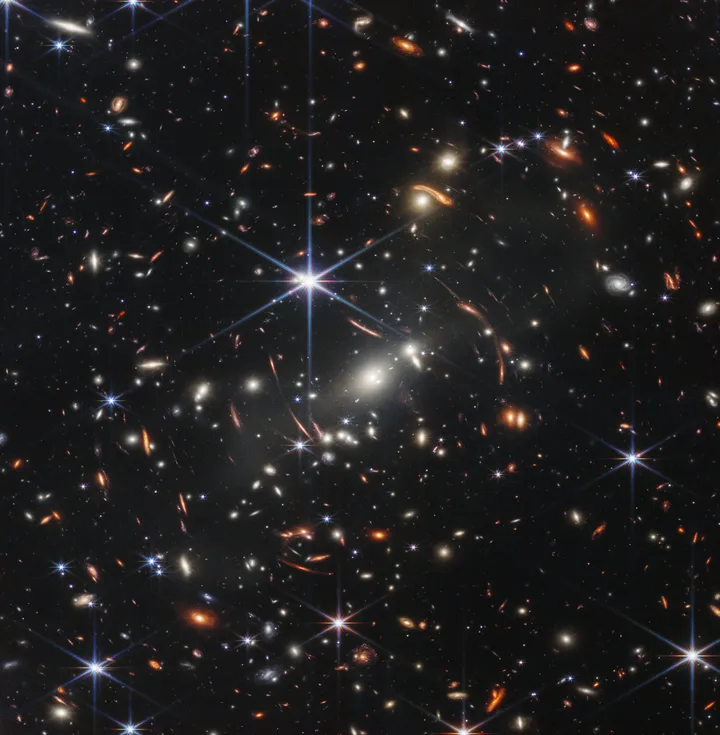
Jupiter has appeared in a whole new light this week.
NASA – the US’s National Aeronautics and Space Administration – has released several new images of the largest planet in our solar system, and they are spell-binding.
The new images come from the James Webb Space telescope, described by NASA as “the world’s largest, most powerful and most complex space science telescope ever built”, an invention which it claims will “solve mysteries in our solar system”.
The data for these particular images were captured through the observatory’s Near-Infrared Camera, and created with three filters to show new details of the planet. NASA then collaborated with citizen scientist Judy Schmidt to turn the data into the pictures which we now see.
Infrared is invisible to the human eye, so the light has been mapped onto the visible spectrum by making the longest wavelengths redder and the shortest ones bluer.
Auroras can be seen by the northern and southern poles, while the Great Red Spot (a storm larger than the Earth) looks white in these images because they are reflecting so much sunlight.
The bright white spots and streaks across the planet are thought to be “very high-altitude cloud tops of condensed convective storms”, according to NASA, while the darker strips have little cloud cover.
Jupiter is known for its many moons (along with its huge storms, powerful winds, auroras, extreme temperatures, and pressure conditions) but only two tiny moons can be seen in the wide-field view.
There are fuzzy spots in the background too, which NASA believes shows galaxies “photobombing”.
Schmidt, who used the Webb data to create the images we see today, also said Jupiter is particularly hard to work with because of how fast it rotates. It means that the multiple images of the planet which are then combined to create one picture do not align.
Planetary astronomer Imke de Pater, professor emerita of the University of California, Berkeley, said: “We hadn’t really expected it to be this good, to be honest.”
She added: “It’s really remarkable that we can see details on Jupiter together with its rings, tiny satellites and even galaxies in one image.”
It comes just a day after this NASA clip of the sound of a black hole went viral. Only in July, the astronauts also made headlines after sharing the deepest image of the universe known to date, marking a key moment in astronomical history.

